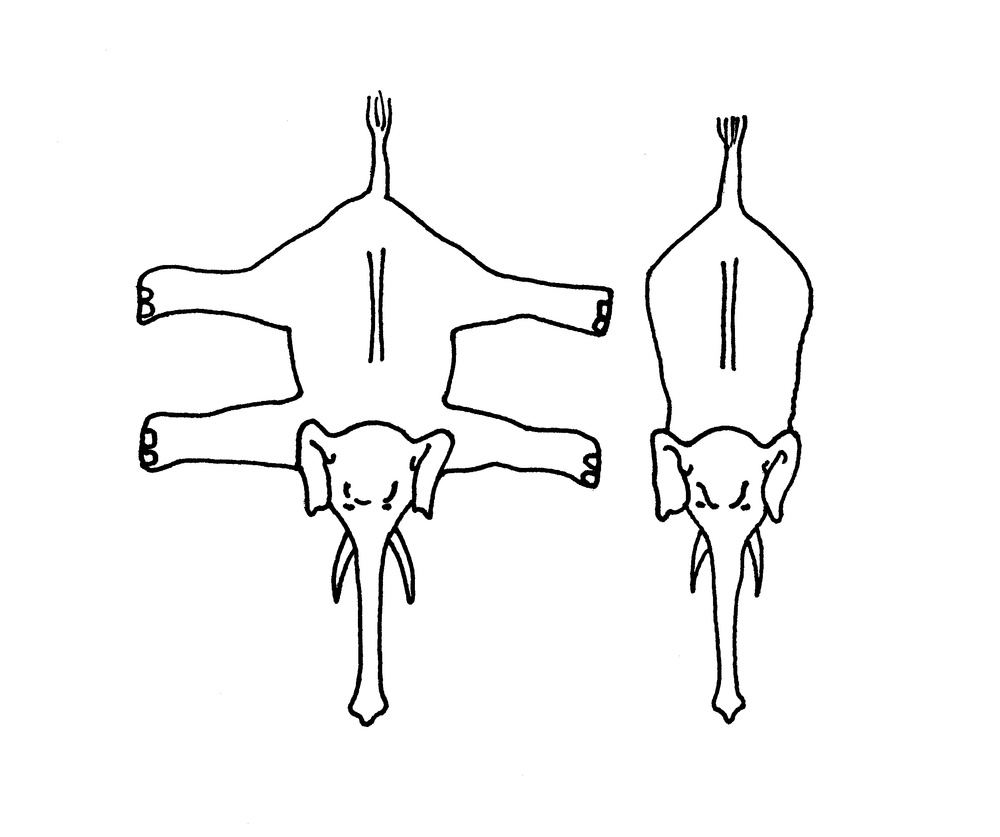In 1962, the anthropologist William Hudson offered a group of adults and children living in the Zambian bush two drawings of an elephant. In one, the elephant was seen from above; in the other, the same elephant was squashed, as if by a steam-roller, so that its legs and trunk were splayed out to the sides of the body. The children preferred the ‘squashed’ drawing, because it contained more of the elephant.
When Westerners are shown the same drawings, they prefer the unsquashed one. Although there is less elephant in it, they consider the picture more realistic, since it captures what it would be like to see an elephant from a particular angle.
The choice, in both instances, is a sophisticated one. It is an aesthetic choice. The pictorial art of the veldt typically conveys ideas of value and meaning. The art of the post-Renaissance West typically simulates the rules of optics. People prefer some representations over others. Representations are plastic. They are modified over time. They change.
Read more in Deregowski, J.B. (1972) ‘Pictorial perception and culture.’ Scientific American 227, pp82-88.


